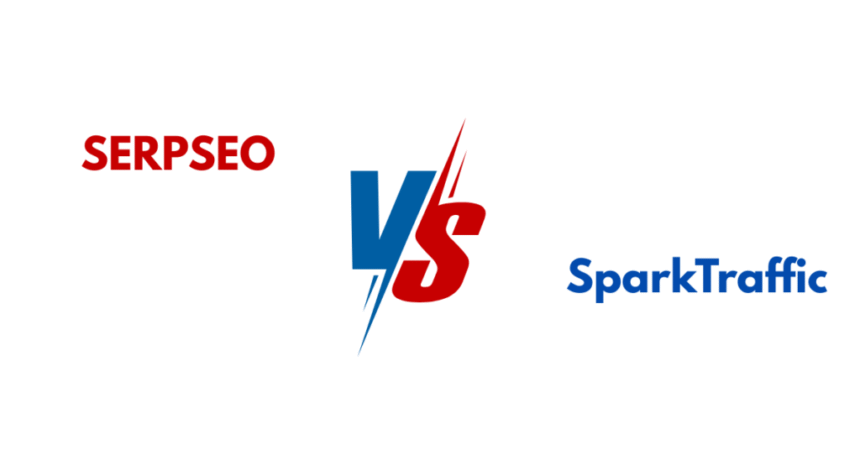When it comes to boosting your website’s presence online, there’s no shortage of tools claiming they can make it happen. But in the case of sparktraffic vs serpseo, the choice is really about what kind of growth you’re looking for. One offers simulated traffic boosts almost instantly. The other supports sustainable SEO with long-term benefits.
If you’re building a digital brand, understanding the differences can save time, money, and headaches.
What SparkTraffic Offers
SparkTraffic is a web traffic generator. It creates simulated visits to your site that mimic real user behavior, including bounce rate control, time-on-site, and geographic targeting. Many use it to inflate traffic stats quickly—useful for pitch decks or testing website performance under load.
Some key uses include:
-
Boosting session numbers for analytics
-
Testing website stability
-
Temporarily improving engagement metrics
However, it’s worth noting that the traffic generated is not organic and doesn’t contribute to your search rankings. It can simulate user actions, but not real clicks from interested users.
SerpSEO: Built for Long-Term Growth
SerpSEO, on the other hand, is built for professionals looking to increase visibility through legitimate search engine optimization techniques. It tracks keyword rankings, provides competitor analysis, audits your pages, and helps improve your site’s overall authority.
Here’s what SerpSEO focuses on:
-
Monitoring real keyword movements
-
Auditing on-page SEO for improvement
-
Tracking backlink performance
-
Supporting content strategy
Unlike traffic simulators, SerpSEO won’t show results overnight. But over weeks and months, it helps build your organic reach with real users and reliable strategies.
sparktraffic vs serpseo: Key Differences
Let’s break it down:
| Feature | SparkTraffic | SerpSEO |
|---|---|---|
| Type of Traffic | Simulated | Organic search-based |
| Impact on Rankings | None | Direct and measurable |
| Use Case | Quick boost, testing | Sustainable SEO growth |
| Risk Level | High (if misused) | Low (white-hat) |
| Learning Curve | Easy | Moderate |
| Suitable For | Short-term metrics | Long-term visibility |
These differences clarify that they serve completely different purposes.
Which One Should You Use?
If your primary goal is to impress with large numbers in the short term—say, for investors, marketing screenshots, or load testing—SparkTraffic might be the right tool. But this should be used cautiously and never in place of actual SEO efforts.
If you’re serious about growing real, lasting traffic that converts and ranks on Google, SerpSEO is the more strategic investment. It focuses on what matters: visibility, trust, and relevance.
Important SEO Perspective
Search engines have evolved significantly. They can now detect low-quality traffic and engagement signals. Artificial traffic patterns can even trigger ranking penalties. Tools like SparkTraffic should therefore be treated as testing utilities—not marketing solutions.
On the flip side, platforms like SerpSEO guide site owners to follow proper SEO practices. They help identify what’s working, what needs fixing, and how to move forward—especially valuable in competitive niches.
Where This Fits in SEO History
The need to balance traffic quantity and traffic quality has been debated for years. According to Wikipedia, search engine optimization is about improving content visibility and user relevance—not just driving any kind of traffic. This is why SerpSEO aligns more closely with best practices in digital marketing today.
Final Thoughts
The sparktraffic vs serpseo decision comes down to your goals. SparkTraffic is useful for temporary, cosmetic results. But it won’t help your site rank or convert. SerpSEO, while slower, is built for those who want sustainable search visibility.
Use SparkTraffic if you’re stress-testing or need vanity numbers. Go with SerpSEO if you’re planning to build a content strategy, analyze real SEO data, and actually rank higher on Google.
Whatever your decision, remember this: not all traffic is created equal. It’s better to have 100 real visitors interested in your offering than 10,000 simulated ones just passing through.






